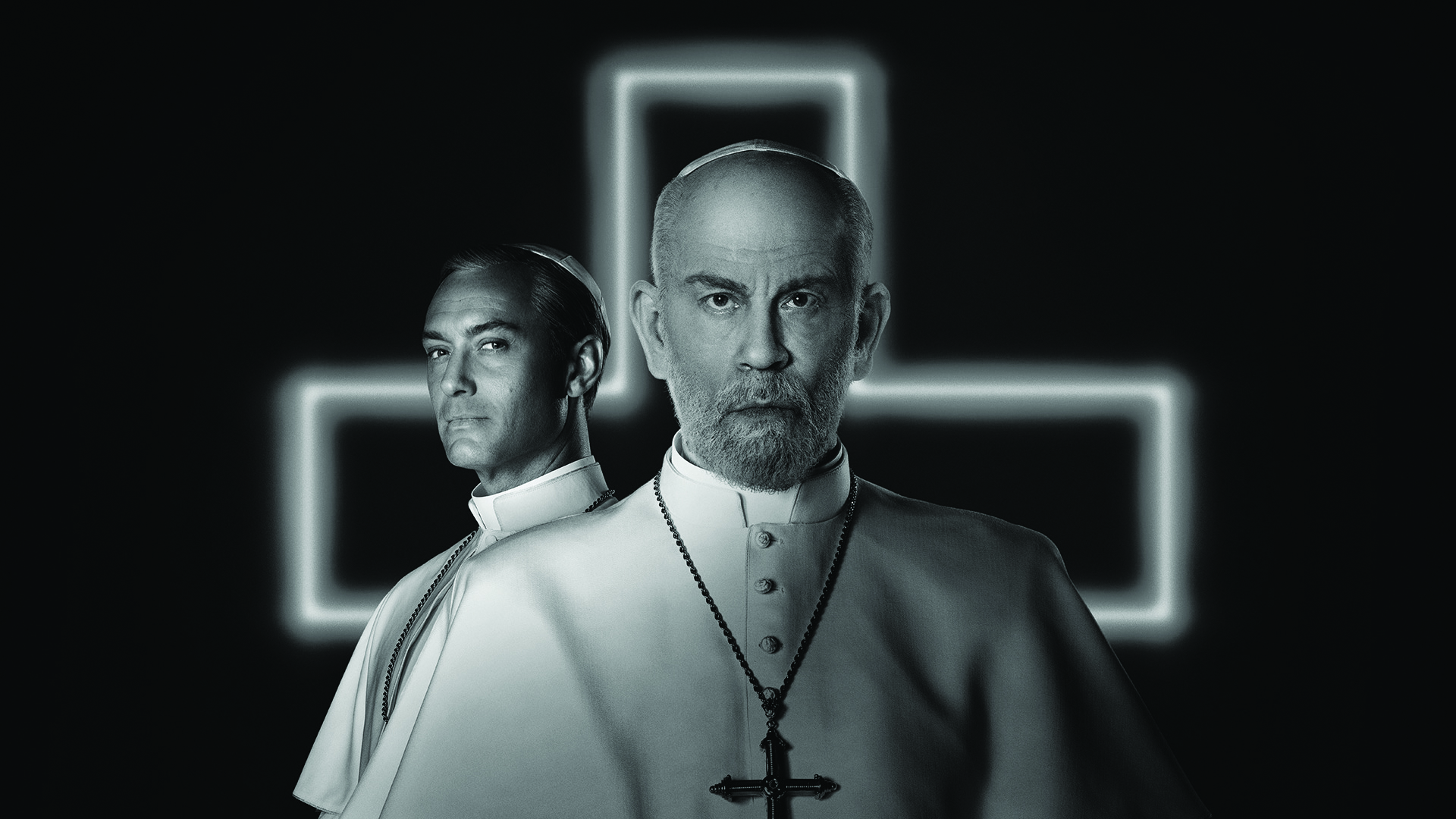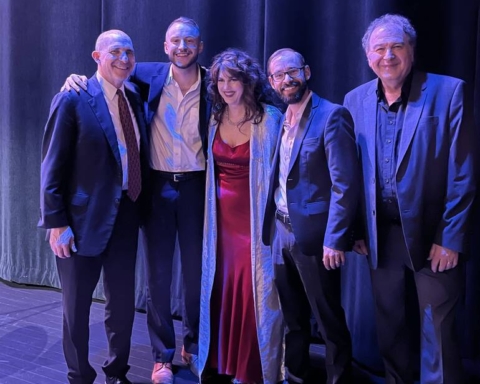By Matthew Villanueva, Features Assignment Editor
Following the 2016 HBO hit mini-series, “The Young Pope,” starring Jude Law as Pope Pius XIII, the first American pope, HBO finally released the much-anticipated spin-off, “The New Pope.”
The new spin-off follows the newly elected Pope John Paul III, played by John Malkovich, after the sudden heart attack of Pius XIII that put him in a coma. John Paul III did not win the papacy in a traditional way. After a failed papal experiment with a poverty obsessed Franciscan, the conclave decides to assassinate the immediate successor to Pius XIII.
After much conversation from the cardinals, they agree that in the following papal election, they will induct a moderate English aristocrat, Sir John Brannox, to become the new Bishop of Rome.
The first two episodes cover the hectic conclave and the persuasion of the papacy to Brannox. The remainder of the season goes over the complicated issues of being the pope with the polluted perception and state of the Catholic Church.
In John Paul III’s first days of his papacy, he travels to Venice to visit Pius XIII’s comatose body. Despite the backlash from his press secretary, played by Cecile de France, John Paul III is adamant that he will be alone with his predecessor with no press allowed, “My face will only be seen going in and out of the hospital.”
With, “Should I,” by Arum Rae, playing in the background, award-winning director Paulo Sorrento delivers one of his most intimate scenes of the series, as John Paul III travels through Venice to pray with Pius XIII, despite the limited dialogue.
Throughout the season, John Paul III has to deal with acts of terrorism, the widespread pedophilia amongst Catholic pontiffs, a strike from the holy sisters and many more issues. He does all this while Pius XIII lies in a coma with the entire world listening to his breathing on the radio.
As John Paul III’s papacy unravels, his complicated character comes to fruition. Despite his well-off upbringing, he has a fragile relationship with his parents and a deceased brother. His intelligence is obvious, but his need for intimate love is even more palpable.
Sorrento’s incredible cinematography comes into full swing in every single shot of the show. Every cardinal and background character’s motions are carefully choreographed and each prop and detail is meticulously on display. Every sound, whether it be the click of a camera, clap of a shoe or screech from a seagull, is painstakingly present.
With all the bad press the Catholic church has received in recent history—while prompted— “The New Pope” and “The Young Pope” series shine a glimmer of hope on the future portrayal of one of the most universal and complicated churches in the world.
villanjv18@bonaventure.edu






